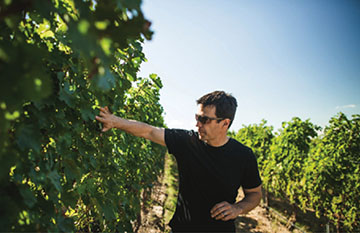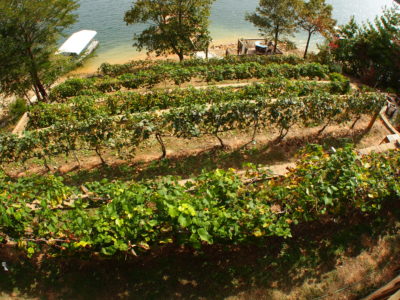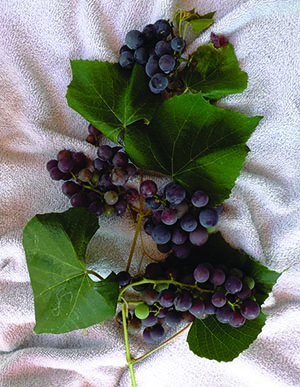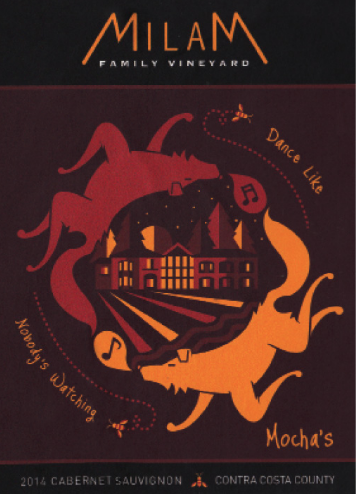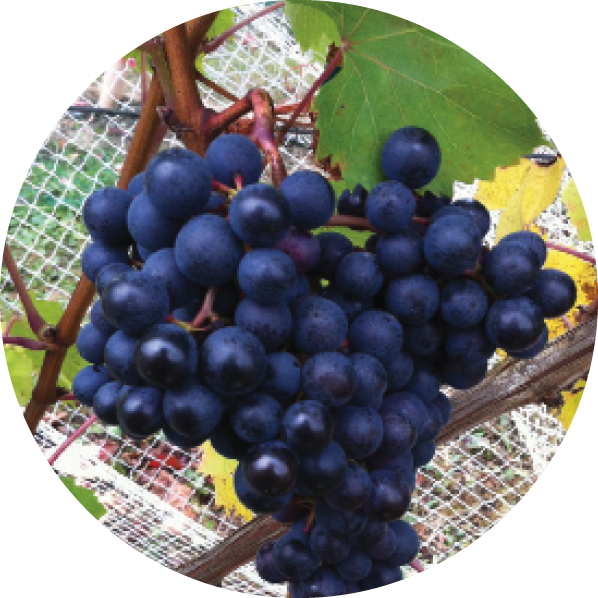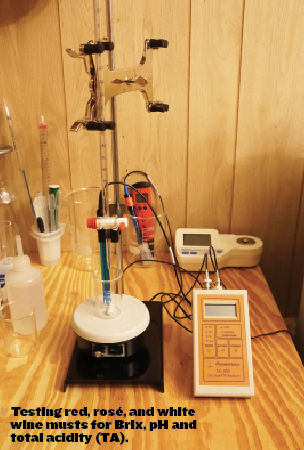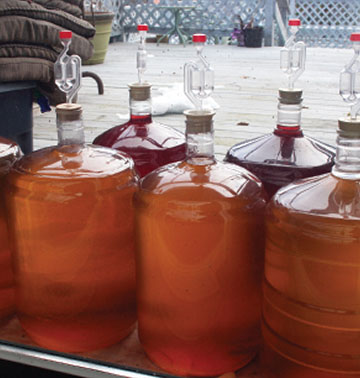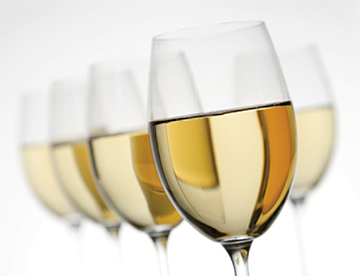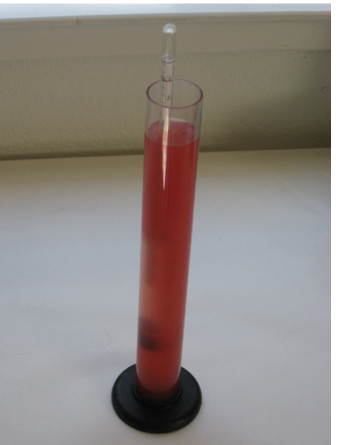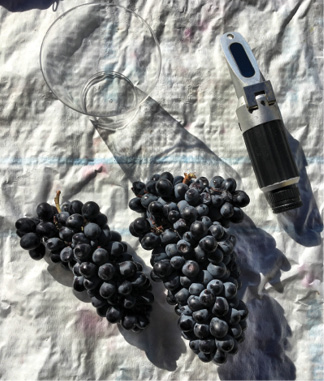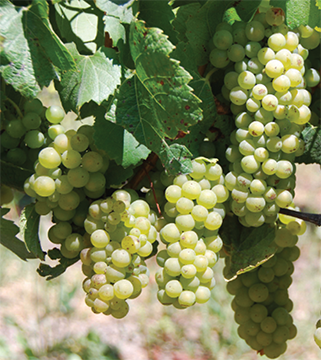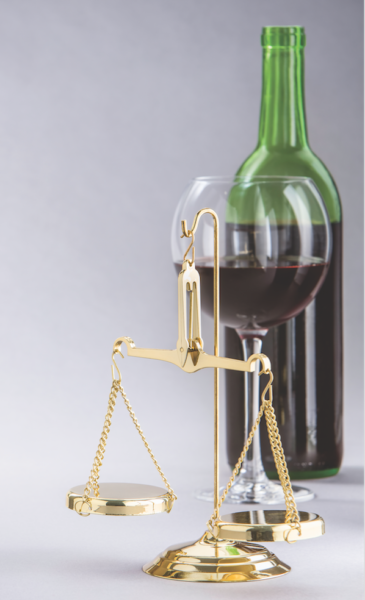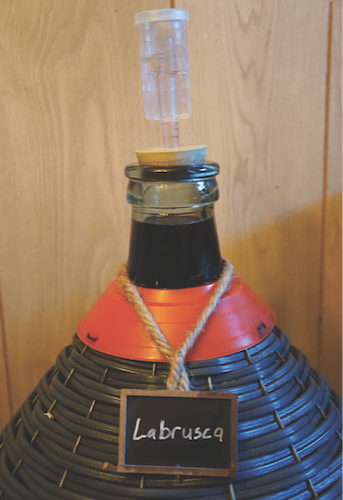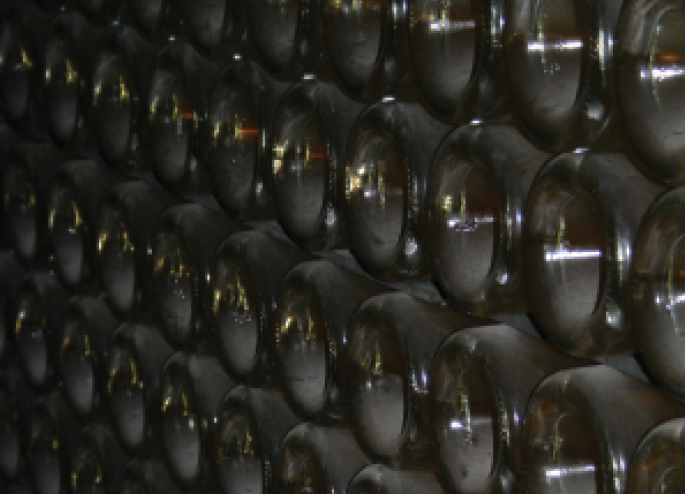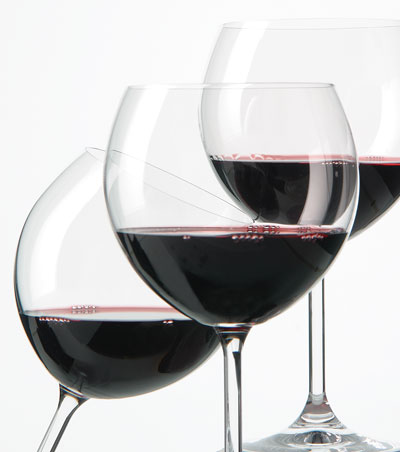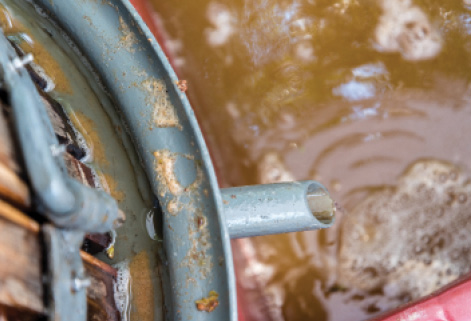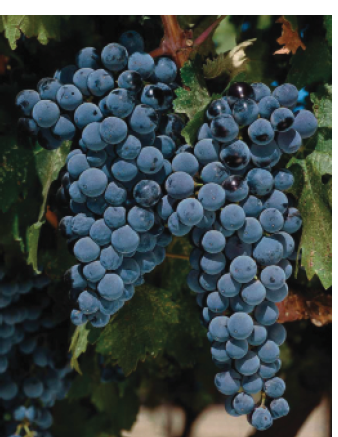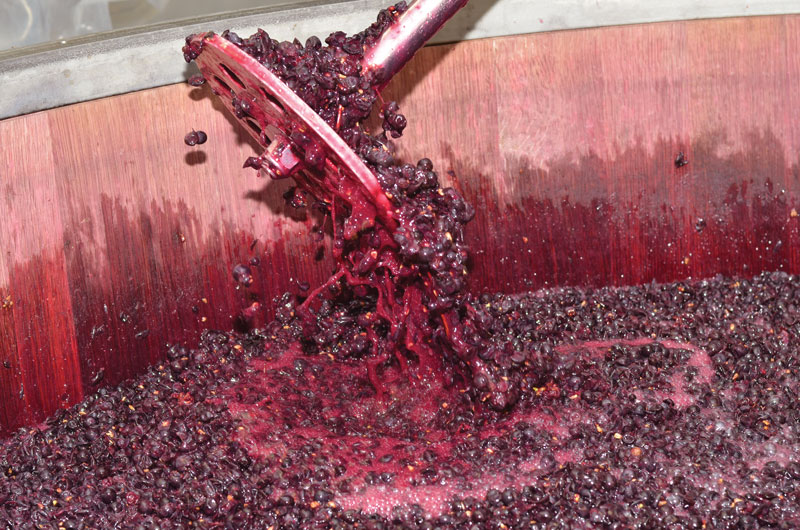Articles
Lessons from Somms Who Make Wines
These three world-class sommeliers have taken the leap from designing restaurant wine programs and recommending bottles to growing grapes and making award-winning vintages of their own.
A Year in the Life of a Wine: Part I Starting in the vineyard
In the first installment of our new year-long series of how a homemade wine is made from homegrown grapes, we check in with the grapes at a most critical time — harvest.
Choosing Your First Wine Kit
Looking to buy your first wine kit? Here’s what you need to know before you start shopping.
A One-Vine Vineyard
After receiving little faith from his family, a man sets out to prove that he can make wine from the sole vine growing on their property. And so started a new hobby.
Brettanomyces
If you’ve ever tasted a wine that had a funky “barnyard” quality to it, you already know what Brettanomyces can do. Find out how to prevent it in your home winery.
2017 Wine Label Contest Winners
Here are the winners from the 2017 Label Contest.
Offbeat Reds
Getting sick of the same old Cab? Try a red wine that’s more out of the mainstream, like Carménère, Charbono, Dolcetto, Montepulciano, or Tinta Cão.
Year in a Life of a Wine: Part III (Testing & Adjusting)
In the third installment of our year-long series about how homemade wine is made using home-grown grapes in Upstate New York, we check in on batches of red, white, and rosé wines happily fermenting away.
Make Your Own Wine Vinegar
Winemakers spend a lot of time and effort preventing acetic acid from ruining good wine. But to make wine vinegar, Acetobacter is actually your friend. Find out how to make some wine vinegar at home.
Touriga Nacional
I was a late bloomer when it came to seeing the world. It wasn’t until 10 years ago that I had the opportunity to start traveling internationally. Despite growing up in an
Protein Stabilization
Get hot tips for protein stabilization.
Pirate Wines in Colorado
Robert Archibald was asked to make the wines for his daughter’s wedding. But there was a catch — the wines had to pair with the pirate theme of the happy couple’s big day. Ahoy matey, that sounds like a challenge!
Better White Blends
There are lots of reasons to try blending white wines, such as adding complexity, correcting a deficiency, or simply making something fun and new. Find out more about which white grapes work well together, and how to plan the perfect blend.
Year in a Life of a Wine Part V (Cellar Work)
In the fifth installment of our year-long series about how homemade wine is made using home-grown grapes in Upstate New York, the wines are put through malolactic fermentation and cold stabilized.
Sourcing Grapes from Vineyards for Home Winemakers
Sourcing fresh grapes directly from a grower can be a fun and rewarding experience for home winemakers. Get some tips for making the most of buying grapes straight from the vineyard.
Using a Hydrometer
Learn the basics of how and when to use a hydrometer in your winemaking process.
Pinotage in the Spring
Spring is here, and that means a new winemaking season is upon us! A couple of experienced winemakers share the joys that come with making wine from South America and South Africa, as they recall their recent experience making Pinotage wine from South Africa last spring.
Moving Wine with Pumps
Wine is frequently transferred or “racked” into another vessel to leave the byproducts of the process (known as lees) behind. If you make larger batches of wine at home, using a pump can make this process easier.
Balance in the Vineyard
Balance in a vineyard is defined as a vine that has enough leaves to ripen a small to moderate crop load. To achieve that goal, a good vineyard manager needs to pay close attention to what’s happening among the vines this time of year.
Creating Balanced Wine
There are many components in wine that all need to work together to create balance. Find out how to juggle acidity, alcohol, residual sugar, tannins, color, flavor components, and more.
Year in the Life of a Wine: Part IV (Good Fermentations)
In the fourth installment of our year-long series about how homemade wine is made using home-grown grapes in Upstate New York, it’s time to check on finished fermentations and prune the grapevines.
Cellaring Wines
Learn the basics of how and where to age your homemade wines.
Wine is a Wonder
As a veteran winemaker, some of the initial joys of winemaking begin to fade, however as the winemaker understands more about the process and becomes more in tune with the wine, the potential for new astonishments arise.
Your Best Crush and Press
You can never be too prepared in your winery when the grapes come in from harvest. Follow our guidelines for crush and press success.
Ruby Cabernet
When I started graduate school at UC-Davis in 1995, one of my first classes was a seminar series. Being the first session of the academic year, a round of introductions started the
